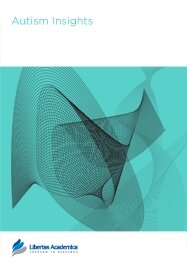

Publication Date: 15 Apr 2010
Type: Opinion
Journal: Autism Insights
Citation: Autism Insights 2010:2 25-30
doi: 10.4137/AUI.S4592

Since the publication of Leo Kanner’s seminal paper in 1943, there has been essentially no definitive light shed on the cause, prevention or cure of autism. It is our contention that the reason lies, at least in part, with the original psychiatric conceptualization of the condition and the subsequent acceptance of this framework by health professionals ever since. We suggest an urgent revision of autism as a disease state such that its operationalization in major diagnostic systems such as the Diagnostic and Statistical Manual of Mental Disorders and International Classification of Diseases recognizes the biological variables known to be associated with autism.
PDF (483.92 KB PDF FORMAT)
RIS citation (ENDNOTE, REFERENCE MANAGER, PROCITE, REFWORKS)
BibTex citation (BIBDESK, LATEX)

As the Editor-in-Chief of Clinical Medicine Insights: Reproductive Health, I experience outstanding professional and friendly assistance by the publisher, Libertas Academica, in all editorial matters.

All authors are surveyed after their articles are published. Authors are asked to rate their experience in a variety of areas, and their responses help us to monitor our performance. Presented here are their responses in some key areas. No 'poor' or 'very poor' responses were received; these are represented in the 'other' category.See Our Results
Copyright © 2013 Libertas Academica Ltd (except open access articles and accompanying metadata and supplementary files.)
Facebook Google+ Twitter
Pinterest Tumblr YouTube